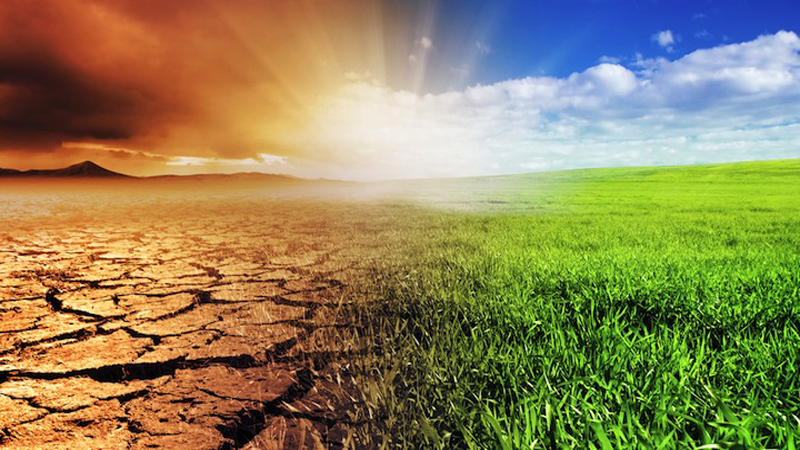By Andleeb Khan
ISLAMABAD, May 6 (APP)::As Pakistan grapples with escalating climate challenges, green urban initiatives are emerging globally as a crucial strategy. This feature explores how sustainable urban practices, such as green infrastructure and eco-friendly development, are not only to mitigate environmental risks but also to ensure resilience and prosperity across the nations.
Globally, cities are embracing transformative green infrastructure projects to combat climate change and improve urban livability. From New York City’s High Line Park to Singapore’s Gardens by the Bay, these initiatives demonstrate the potential of green infrastructure to create resilient and sustainable urban environments.
Dr. Ejaz Ahmad, an environmentalist, stresses the imperative of concerted efforts from government agencies, local communities, and environmental organizations to realize the vision of sustainable urban living. He emphasizes the necessity of policies incentivizing kitchen gardening initiatives and developing collaborative partnerships to create a supportive ecosystem for green initiatives to thrive.
Climate change manifests its impact on various fronts, particularly in rural areas where agricultural communities bear the brunt of extreme weather events, leading to migration to urban centers. Consequently, unplanned urban development exacerbates environmental challenges, such as heatwaves and air pollution.
Dr. Ejaz underscores the need for comprehensive land planning that considers climate factors and advocates for measures like rainwater harvesting to mitigate environmental degradation.
Nasir Ali Panhwar, an environmental expert, highlights the detrimental effects of urban heat islands and stresses the urgent need for mitigation strategies to alleviate thermal stress on urban residents. He advocates for green infrastructure solutions such as green roofs and vertical gardens, which not only mitigate the heat island effect but also promote biodiversity and improve air quality.
Amidst mounting concerns over climate change driven by rapid population growth and unplanned urbanization, Pakistan faces a significant loss of green infrastructure in its cities. Despite these challenges, there’s a ray of hope as nations globally champion innovative green initiatives to tackle climate change and foster sustainable living environments.
Nasir Ali Panhwar, an environmental expert, highlights the urgent need for mitigation strategies against urban heat islands to alleviate thermal stress on city residents.
He supports green infrastructure solutions like green roofs and vertical gardens, which not only mitigate the heat island effect but also enhance biodiversity and air quality.
Expanding roads and increasing vehicle numbers contribute to shrinking green areas, worsening air quality, and disrupting drainage systems. Dr. Ejaz stresses the importance of enforcing environmental laws and integrating climate factors into land planning to address these challenges effectively.
Nasir explains the benefits of green roofs, which reduce roof temperatures and city-wide ambient temperatures, along with lowering building energy use. Vertical gardens also play a crucial role in urban greening, promoting biodiversity and mitigating the heat island effect.
Pakistan’s urban population, already vulnerable to pollution and climate change, is projected to increase significantly by 2050. Urgent reforms are needed to ensure more integrated land use planning, increased investment in municipal services, and a shift towards energy-efficient and clean transportation systems.
Shafi Muhammad Marwat, the Deputy Director-General of Resources at CDA, outlines ambitious plans for Islamabad’s transportation and environmental sustainability, including an automated car parking system, electric buses, tree-planting campaigns, and a bicycle route network. Geotagging every tree and promoting household plantations aim to enhance Islamabad’s green cover.
Globally, cities are embracing transformative green infrastructure projects to combat climate change and improve urban livability. From New York City’s High Line Park to Singapore’s Gardens by the Bay, these initiatives demonstrate the potential of green infrastructure to create resilient and sustainable urban environments.







